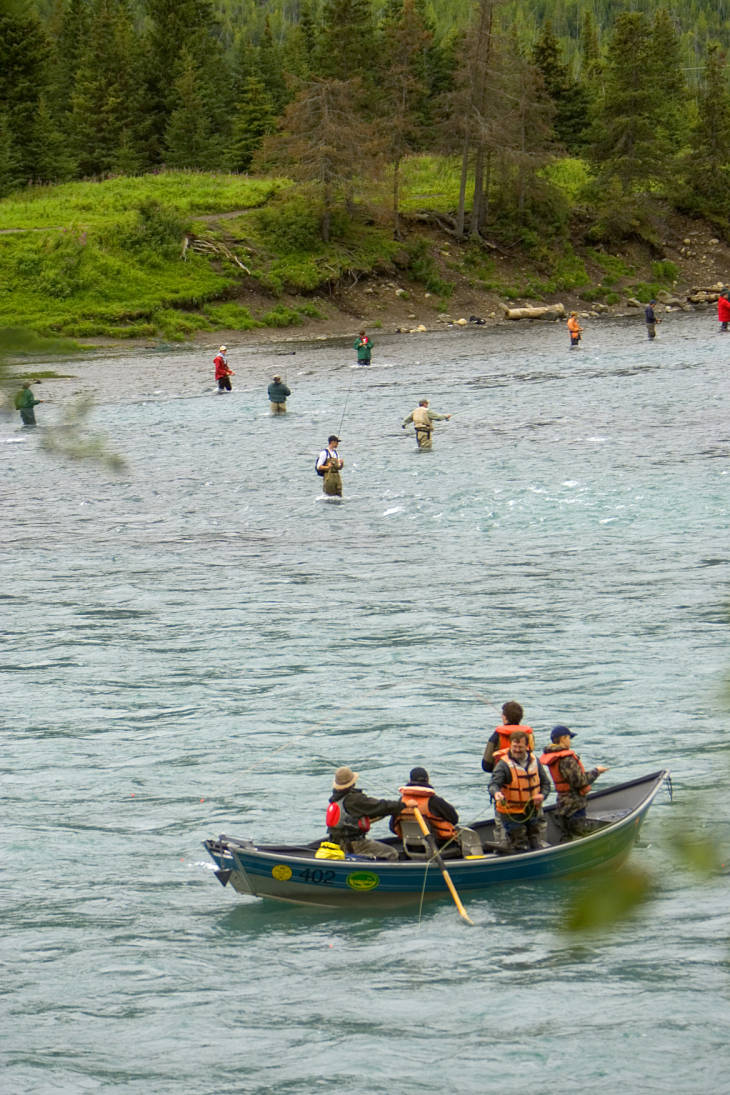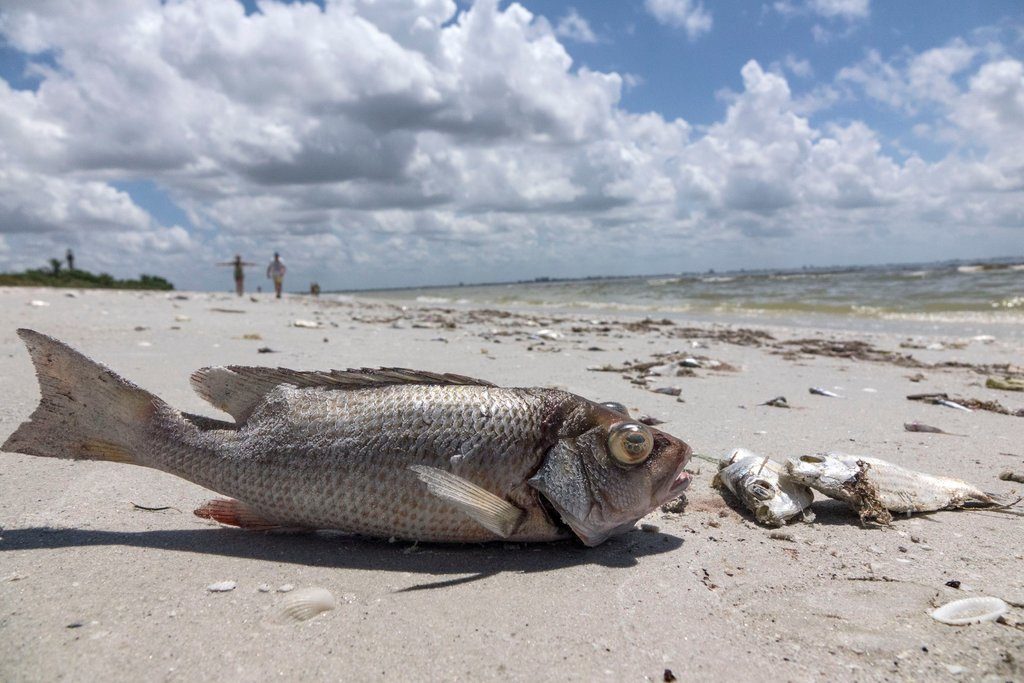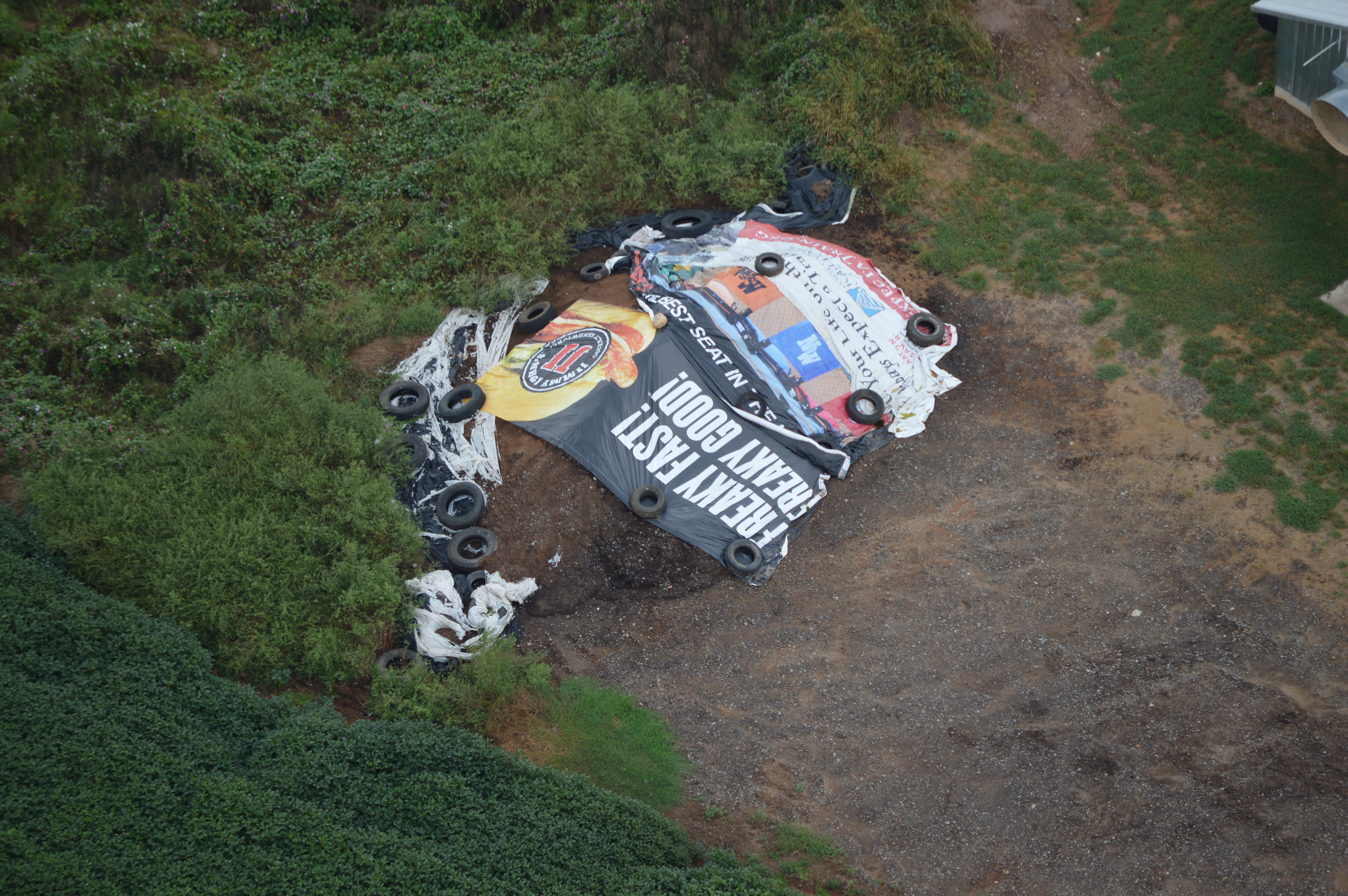
The Trump administration’s proposals stripping some waterways of Clean Water Act protection have no basis in law or science. Many of the administration’s assertions about the Clean Water Act also have no basis in fact.
We weigh some of the administration’s claims, below:
Fact: Clean water protections don’t put people out of work. Increased pollution does
Pres. Trump says: “The EPA’s regulators were putting people out of jobs by the hundreds of thousands,” Pres. Trump said on Feb. 28, 2017, as he signed an executive order initiating the process for eliminating Clean Water Act protections for the nation’s waters. He also said that excluding waterways from Clean Water Act protection would “[c]reate millions of jobs.”
The truth: The Trump administration has no evidence that protecting waters against pollution and destruction causes mass job loss. The truth is that clean water is essential to the economy, industrial production, and human well being, while uncontrolled pollution imposes severe economic costs.

Companies undertaking a “mass” layoff of 50 or more workers report them to the U.S. Bureau of Labor Statistics. Those employers attribute a scant 0.2 percent of all mass layoffs to government intervention or regulations — of any kind. For every one job lost due to regulations of any kind, 15 jobs are lost to cost cutting and 30 to organizational changes, such as a change in ownership.
Pollution, however, has a cost.
Failing to control nitrogen and phosphorus pollution has caused exponential increases in the cost of drinking water treatment. For instance, nitrate-removal systems in Minnesota caused water purification costs to rise from 5 to 10 cents per 1,000 gallons to over $4.00 per 1,000 gallons. The tourism industry loses $1 billion annually because of nutrient pollution, mostly through losses in fishing and boating due to fish kills and algal blooms. Cancelled fishing trips mean guides, hotels, and restaurants lose business.
The fish and shellfish industry also suffers from water pollution. In Washington state alone, nitrogen and phosphorus pollution closed the razor clam fishery for part of 2016 resulting in an estimated $9.2 million in lost income.
Clean water, like a clean environment in general, has economic benefits.
Using the midpoint of estimates in a study by the Office of Management and Budget for the years 2001 to 2010, the benefits of environmental regulations exceeded costs by a ratio of 11 to four.

A good example is the Chesapeake Bay, where cleaner water “will mean more fish, crabs, and oysters, which will translate to more work and income for fishermen, processors, packers, restaurateurs, and people in tourism-related industries,” according to the Chesapeake Bay Foundation. Economists estimate that saving the Bay will add $22 billion a year to the Bay’s fishing, tourism, recreation, and real estate industries.
Rivers, lakes, and streams clean enough for kayaking, canoeing, fishing, and swimming have an economic benefit. The Outdoor Industry Association found that consumers spend $887 billion annually on outdoor recreation, with nearly $140 billion on kayaking, rafting, canoeing, scuba diving and other water and recreation activities. (The state-by-state breakdown is here.) Fishing added $41.8 billion to the economy in 2011, the most recently available year.
Clean water can also raise the value of a nearby home by up to 25 percent.
A $9.47 billion economic sector has grown around environmental restoration, including habitat and wetland restoration and management. The size of the restoration sector translated into 126,000 jobs created annually.
Unlike the shrinking facets of the economy, like the coal industry, the environmental sector is adding jobs, not cutting them. The number of environmental industry jobs in Pennsylvania, Maryland, and Virginia alone increased 43 percent over two decades.
Fact: No One’s Regulating Your Puddles
Pres. Trump says: “[A] few years ago, the EPA decided that navigable waters can mean nearly every puddle or every ditch on a farmer’s land or anyplace else that they decide. Right? It was a massive power grab.”
The truth: Even though farming and ranching are one of the largest contributors of nitrogen, phosphorus, and pathogen pollution across the U.S., our regulations treat these pollution discharges, for the most part, as “nonpoint sources” of pollution, exempt from discharge permitting requirements of the Clean Water Act.

During the 45-year history of the Clean Water Act, EPA has never attempted to regulate puddles. But the myth has caught on, thanks to an expensive public relations campaign from the American Farm Bureau Federation and industry allies, part of a strategy developed by a broad coalition of industry lobbyists to convince farmers that EPA would be at their doors to inspect and regulate mud puddles and tire ruts.
As a result, EPA, under Pres. Obama, explicitly exempted puddles from the definition in its final version of the rule defining waters protected by the Clean Water Act.
This is a case, to paraphrase Mark Twain, where a lie will get around the world twice before the truth puts on its shoes.
Fact: No one’s punishing ranchers for digging small watering holes. Damming up a tributary without a permit? Different story.
Pres. Trump says: “In one case in Wyoming, a rancher was fined $37,000 a day by the EPA for digging a small watering hole for his cattle. His land.”
The truth: The Washington Post worked with FactCheck.org to look into this claim and “found that the Army Corps and the EPA found that the rancher had constructed a dam on a waterway that was a tributary of the Green River, which is deemed by the EPA as a “navigable, interstate water of the United States.”
Despite multiple warnings, he built the dam without a permit required by the Clean Water Act to prevent the inevitable downstream water pollution caused by dam construction.
The bottom line: The safeguards that underpinned the Clean Water Act before this proposal did not threaten anyone’s jobs, farms — or puddles.
By contrast, the Trump administration’s proposal narrowing the Act’s protections threatens us all.
The proposal would allow corporations to dump unlimited quantities of arsenic, cyanide, PCBs, or other dangerous pollutants into our drinking water supplies, fisheries and recreational waters — and do so with impunity.
The proposal would allow industrial animal operations to dump swine waste into waters that feed our fishing streams and swimming holes — and do so with impunity.
The truth is, our waterways are all connected.
The truth is, we all live downstream.
The truth is, the thing we can’t afford is this dangerous rollback of our essential water protections.